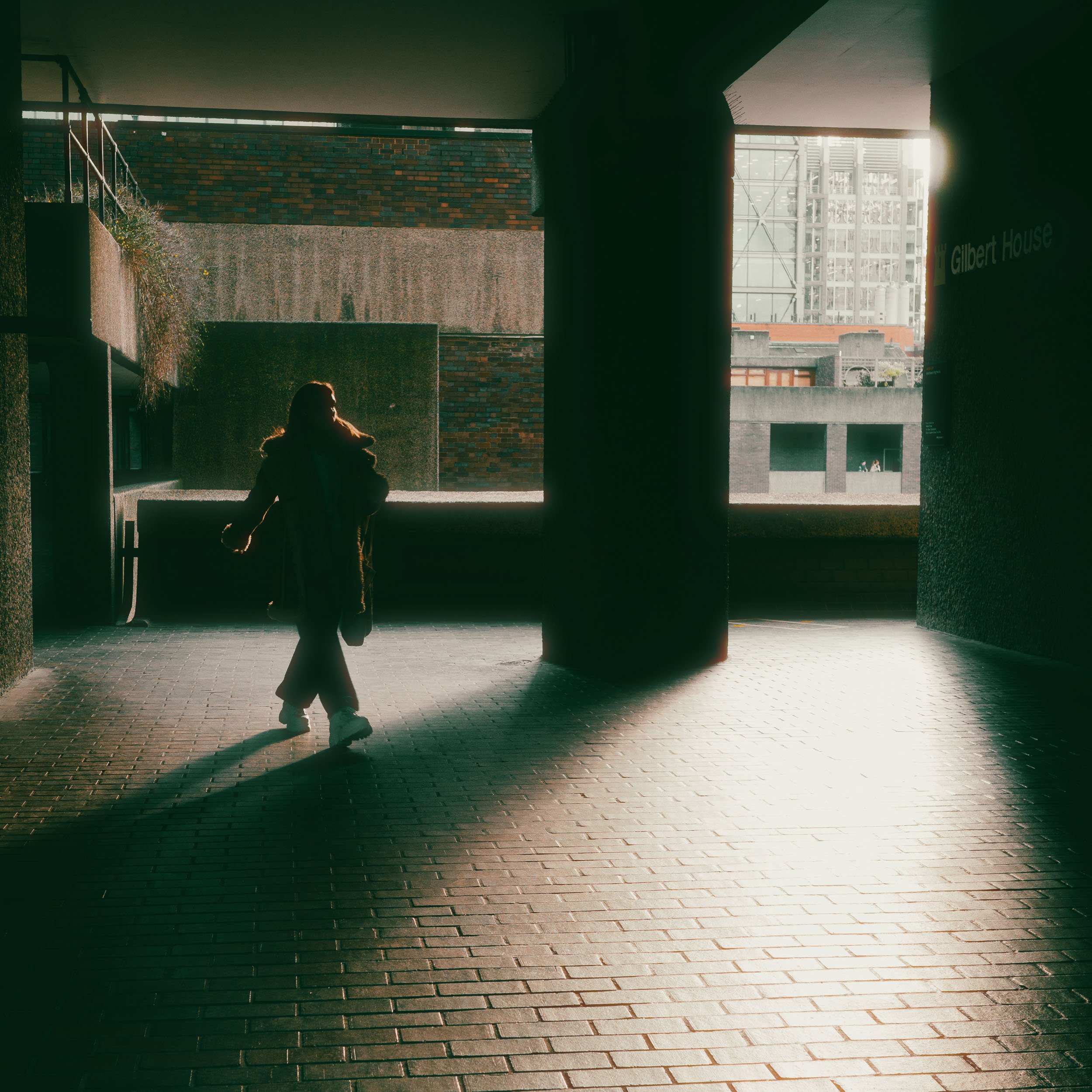The Barbican - The Best Place For Street Photography on Dull Days
I have finally discovered The Barbican Centre. Despite growing up and living in London for thirty years. I have never really taken the time to explore Brutalist architectural wonder.
Designed by architects Chamberlin, Powell and Bon, it opened in 1982.
The massive complex houses various art & entertainment venues, including a concert hall, theatre, art gallery, and library. Its distinct architectural style is characterised by raw concrete surfaces, emphasising geometric forms, that work extremely well as leading lines.
The Barbican has a definite sense of dystopian fortress-like massiveness. It is not just a home for the arts but also a residential area, making it a unique blend of public and private spaces. Its design, often described as a “city within a city,” integrates the arts and community living, making it a landmark of London’s urban landscape…
I was fortunate enough to have my footage messed up on the day that I first visited The Barbican, which meant that the day after the next, I was able to head back up there and do not only a reshoot but also take more photos.
Going back up there in such a short space of time was an educational experience because I had a better idea of the layout of the complex, which meant I had a stronger command of what locations would be great for street photography.
Most of the outside (yet mainly undercover areas) were very long walkways, that were underneath, and also surrounded by, apartments and other venues.
The geometric concrete lines were perfect for usage as leading lines that led straight up to the subjects.
The indoor section was clearly made for me: Dimly lit, curved and straight walkways, ramps, ambient coloured lighting rooms, that became sheer atmosphere when photographed. And to take this indoor wonders to another level was the light coming in from windows, and entryways and exits to different parts of the building.
This meant that, for as long as I could stand in one position without wasting battery life, I could wait for the perfect subject to walk underneath a light, or walk inside an opening, or head down a walkway for an interesting street photo where the subject was bathed in light.
On both days the weather was overcast. I’m the kind of photographer who usually cries tears of sadness on sunless days - not any more. The natural light that hits those walkways and entryways fantastically illuminates the walking or standing subjects. The way these paths are situated means that there will always be sidelight.
When the sun did briefly make an appearance, I understood how harsh light would be able to add another layer to these compositions and only makes me want to revisit this marvellous structure when there next will be cloudless skies.
I had adjusted my settings to suit. Not only was I outdoors, I also had to shoot in conditions that matched my night shoots, with ambient man-made lighting. So I specifically adjusted the ISO to incorporate day and night shooting. I chose Auto ISO 100 - 6400 with a minimum shutter speed of 1/100 seconds.
I mainly shoot wide open so my aperture was either f/ 3.2 - f /4.
On both occasions, I used my 40mm Ricoh GRIII x. This was definitely the correct choice as this focal length allowed me to frame the subjects and scenery and not get too close that I’d be bothering everyone and also not have lots of wasted detail on the edges of the frame.
However, the grandness of the complex - some of the outdoor shops, could have warranted my 28mm Ricoh GRIII.
Next time I head up, I will bring a larger bag that will accommodate both cameras.
I cannot recommend The Barbican enough for the practice of street photography. You can capture shots on the move; you can work on the fishing technique; you can do day street photography, and you can do night street photography.
And, most importantly, you don’t have to wait for sunny weather.
Go forth to The Barbican, and create.






